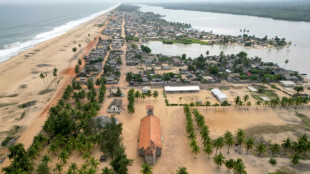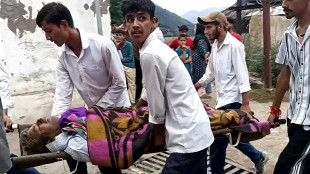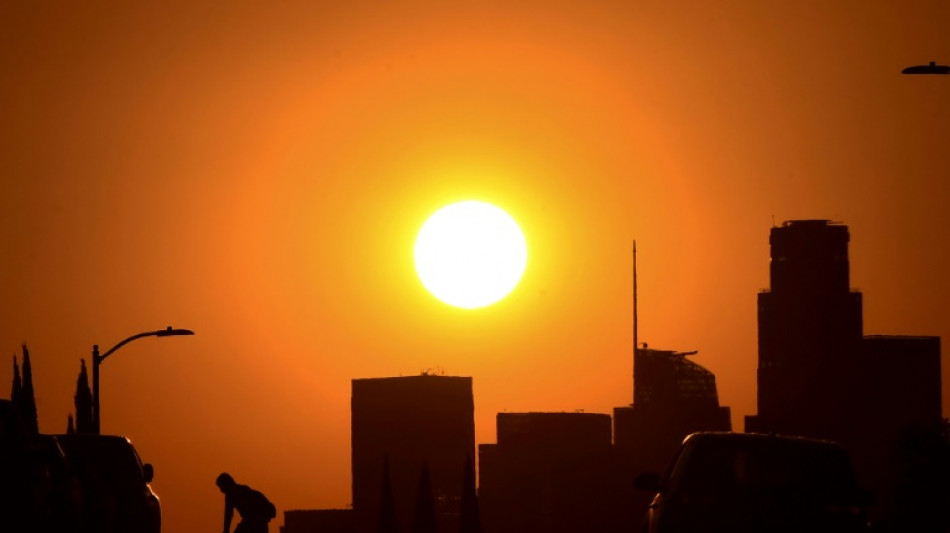
-
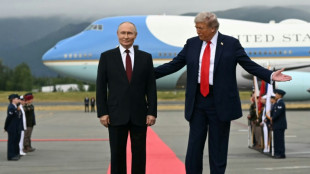 Trump hails Putin summit but no specifics on Ukraine
Trump hails Putin summit but no specifics on Ukraine
-
El Salvador extends detention of suspected gang members
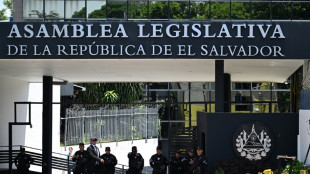
-
 Scotland's MacIntyre fires 64 to stay atop BMW Championship
Scotland's MacIntyre fires 64 to stay atop BMW Championship
-
Colombia's Munoz fires 59 to grab LIV Golf Indy lead

-
 Alcaraz survives Rublev to reach Cincy semis as Rybakina topples No. 1 Sabalenka
Alcaraz survives Rublev to reach Cincy semis as Rybakina topples No. 1 Sabalenka
-
Trump offers warm welcome to Putin at high-stakes summit

-
 Semenyo racist abuse at Liverpool shocks Bournemouth captain Smith
Semenyo racist abuse at Liverpool shocks Bournemouth captain Smith
-
After repeated explosions, new test for Musk's megarocket
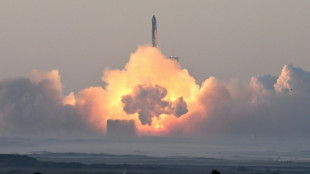
-
 Liverpool strike late to beat Bournemouth as Jota remembered in Premier League opener
Liverpool strike late to beat Bournemouth as Jota remembered in Premier League opener
-
Messi expected to return for Miami against Galaxy

-
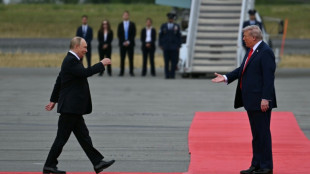 Made-for-TV pageantry as Trump brings Putin in from cold
Made-for-TV pageantry as Trump brings Putin in from cold
-
Coman bids farewell to Bayern before move to Saudi side Al Nassr

-
 Vietnamese rice grower helps tackle Cuba's food shortage
Vietnamese rice grower helps tackle Cuba's food shortage
-
Trump, Putin shake hands at start of Alaska summit

-
 Coman bids farewell to Bayern ahead of Saudi transfer
Coman bids farewell to Bayern ahead of Saudi transfer
-
Liverpool honour Jota in emotional Premier League curtain-raiser

-
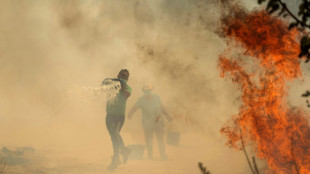 Portugal wildfires claim first victim, as Spain on wildfire alert
Portugal wildfires claim first victim, as Spain on wildfire alert
-
Davos founder Schwab cleared of misconduct by WEF probe
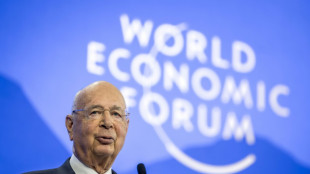
-
 Rybakina rips No.1 Sabalenka to book Cincinnati semi with Swiatek
Rybakina rips No.1 Sabalenka to book Cincinnati semi with Swiatek
-
Trump lands in Alaska for summit with Putin

-
 Falsehoods swirl around Trump-Putin summit
Falsehoods swirl around Trump-Putin summit
-
US retail sales rise amid limited consumer tariff hit so far

-
 Liverpool sign Parma teenager Leoni
Liverpool sign Parma teenager Leoni
-
Canadian football teams will hit the road for 2026 World Cup
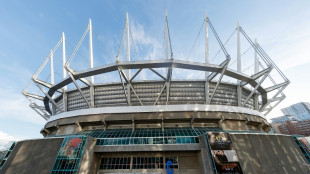
-
 Bethell to become England's youngest cricket captain against Ireland
Bethell to become England's youngest cricket captain against Ireland
-
Marc Marquez seeks elusive first win in Austria

-
 Trump, Putin head for high-stakes Alaska summit
Trump, Putin head for high-stakes Alaska summit
-
Brazil court to rule from Sept 2 in Bolsonaro coup trial

-
 Deadline looms to avert Air Canada strike
Deadline looms to avert Air Canada strike
-
Spain on heat alert and 'very high to extreme' fire risk
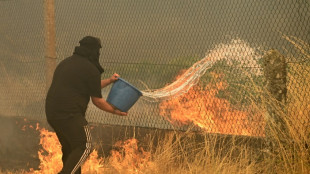
-
 Taliban mark fourth year in power in Afghanistan
Taliban mark fourth year in power in Afghanistan
-
Man City boss Guardiola wants to keep Tottenham target Savinho

-
 No Grand Slam Track in 2026 till athletes paid for 2025: Johnson
No Grand Slam Track in 2026 till athletes paid for 2025: Johnson
-
Macron decries antisemitic 'hatred' after memorial tree cut down
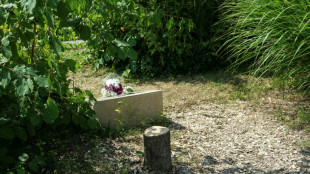
-
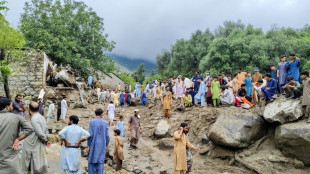 'Doomsday' monsoon rains lash Pakistan, killing almost 200 people
'Doomsday' monsoon rains lash Pakistan, killing almost 200 people
-
Arteta hits back at criticism of Arsenal captain Odegaard

-
 Leeds sign former Everton striker Calvert-Lewin
Leeds sign former Everton striker Calvert-Lewin
-
'Obsessed' Sesko will star for Man Utd says Amorim

-
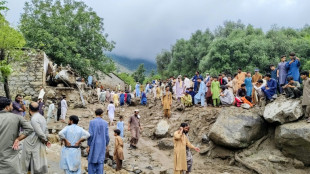 Deadly monsoon rains lash Pakistan, killing nearly 170
Deadly monsoon rains lash Pakistan, killing nearly 170
-
Lyles hints at hitting Olympic form before Thompson re-match
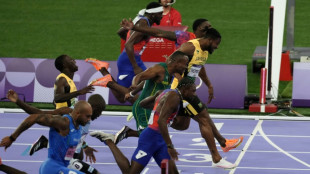
-
 Italian authorities try to identify Lampedusa capsize victims
Italian authorities try to identify Lampedusa capsize victims
-
UK king, Starmer lead VJ Day tributes to WWII veterans, survivors

-
 South Korean president vows to build 'military trust' with North
South Korean president vows to build 'military trust' with North
-
Macron vows to punish antisemitic 'hatred' after memorial tree cut down

-
 Hodgkinson happy to be back on track ahead of Tokyo worlds
Hodgkinson happy to be back on track ahead of Tokyo worlds
-
Deadly monsoon rains lash Pakistan, killing dozens

-
 Frank urges 'real' Spurs fans to back Tel after racist abuse
Frank urges 'real' Spurs fans to back Tel after racist abuse
-
Japan's emperor expresses 'deep remorse' 80 years after WWII
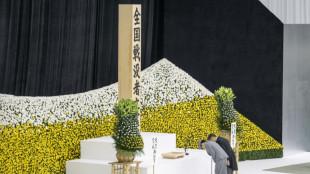
-
 Chelsea boss Maresca eager to sign new defender as Colwill cover
Chelsea boss Maresca eager to sign new defender as Colwill cover
-
Liverpool target Isak controls his Newcastle future: Howe


Climate: Could moon dust keep Earth cool?
Whether out-of-the-box thinking or a sign of desperation, scientists on Wednesday proposed the regular transport of moon dust to a gravity point between Earth and Sun to temper the ravages of global warming.
Ideas for filtering solar radiation to keep Earth from overheating have been kicking around for decades, ranging from giant space-based screens to churning out reflective white clouds.
But the persistent failure to draw down planet-warming greenhouse gas emissions has pushed once-fanciful geoengineering schemes toward centre stage in climate policy, investment and research.
Blocking one to two percent of the Sun's rays is all it would take to lower Earth's surface by a degree or two Celsius -- roughly the amount it has warmed over the last century.
The solar radiation technique with the most traction so far is the 24/7 injection of billions of shiny sulphur particles into the upper atmosphere.
So-called stratospheric aerosol injection would be cheap, and scientists know it works because major volcanic eruptions basically do the same thing. When Mount Pinatubo in the Philippines blew its top in 1991, it lowered temperatures in the northern hemisphere by about 0.5C for nearly a year.
But there are serious potential side-effects, including the disruption of rain patterns upon which millions depend for growing food.
However, a new study in the peer-reviewed journal PLOS Climate explores the possibility of using moon dust as a solar shield.
A team of astronomers applied methods used to track planet formation around distant stars -- a messy process that kicks up vast quantities of space dust -- to Earth's moon.
Computer simulations showed that putting lunar dust at a gravitational sweet spot between Earth and Sun "blocked out a lot of sunlight with a little amount of mass", said lead author Ben Bromley, a professor of physics at the University of Utah.
- 'Balancing marbles' -
The scientists tested several scenarios involving different particle properties and quantities in different orbits, looking for the one that would throw the most shade.
Moon dust worked best. The quantities needed, they said, would require the equivalent of a major mining operation on Earth.
The authors stressed that their study was designed to calculate potential impact, not logistical feasibility.
"We aren't experts in climate change or rocket science," said co-author Benjamin Bromley, a professor at the Harvard-Smithsonian Center for Astrophysics.
"We were just exploring different kinds of dust on a variety of orbits to see how effective this approach might be," he added. "We don't want to miss a game changer for such a critical problem."
Experts not involved in the study praised its methodology but doubted whether it would actually work.
"Placing moon dust at the gravity mid-point between Earth and Sun, can indeed reflect heat," said University of Edinburgh professor Stuart Haszeldine.
"But this is like trying to balance marbles on a football -- within a week most dust has spun out of stable orbit."
For Joanna Haigh, an emeritus professor of atmospherics at Imperial College London, the study is a distraction.
The main problem, she said, "is the suggestion that the implementation of such schemes will solve the climate crisis whereas it just gives polluters an excuse not to act."
O.Bulka--BTB

